Table of Contents
Celebrating Flamenco music in Granada
Flamenco music is one of the most valuable treasures that Spain has inherited from centuries of history and a mixture of cultures and civilisations.
From the Greeks and the Romans to the Mozarabic Christians, the Jews and the Muslims later joined by the gypsies with their overwhelming personality.
Tracing the origins of flamenco is a bit like putting together a jigsaw puzzle.
One piece sounds like European music, with its harmonies and chord progressions.
Another piece contains scales and chord patterns associated with Arabic music.
There is also a piece from North Africa, filled with rhythms and beats of Berber origin, the “sonidos negros” called by Lorca.
And finally, the guitar piece, the instrument that shaped Flamenco music as we know it today.
Finding out the exact origin of the term “Flamenco” is also a mystery.
There are many theories, but the most convincing is probably based on that of Blas Infante, father of Andalusian Autonomy.
In his book “Orígenes de lo flamenco” he says that it derives from the Arabic words “Felah-Mengus”, which mean “wandering peasant”.
One curious theory is that Flamenco was the name of a knife or razor.
However, this hypothesis has not been accepted, nor that it was named after the bird called flamingo.
Also, Antonio Machado said that “gypsies call Andalusians gachós and Andalusians call gypsies flamencos, although we do not know the reason for this name”.
Very little has been written about Flamenco and, as with every oral tradition, it’ s origins remain a mystery.
However, Flamenco music itself reveals plenty about its roots.
Flamenco music, the origin
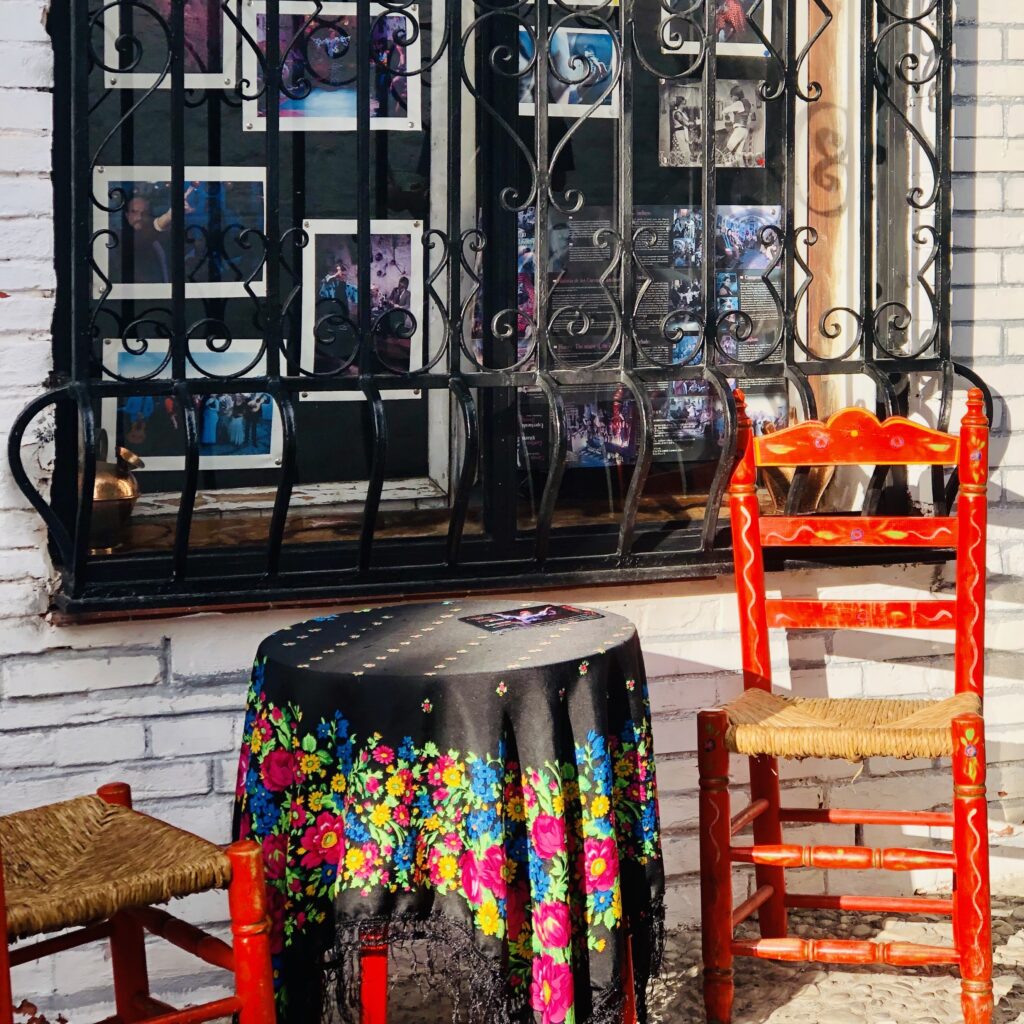
It took years of evolution, fusion and blending before Flamenco was understood as a unified concept in the 18th century.
The origins of Flamenco music can be traced back to Arab Spain, and proof of this are its characteristic sounds, which could be derived from Islamic monochord chants.
On top of that, there is the gypsie´s musical legacy, who arrived in Europe from India at the beginning of the 15th century.
And the Andalusian ancestors, on the other hand, contributed the melodies of the psalms, the Jewish musical system and the Ionian and Phrygian modes inspired by Byzantine chant.
There are many theories about its true origin, but no one can deny that its self-evident folk roots have been honed into a unique artistic expression.
Flamenco music started as a means of expressing the daily affairs amongst people of Al Andalus, specifically gypsies.
And has become much more than passionate music and dance.
For Andalusians, is the essence of their memory and the very rhythm of their life, their identity.
Through song, dance, and music.
El Cante, Flamenco singing
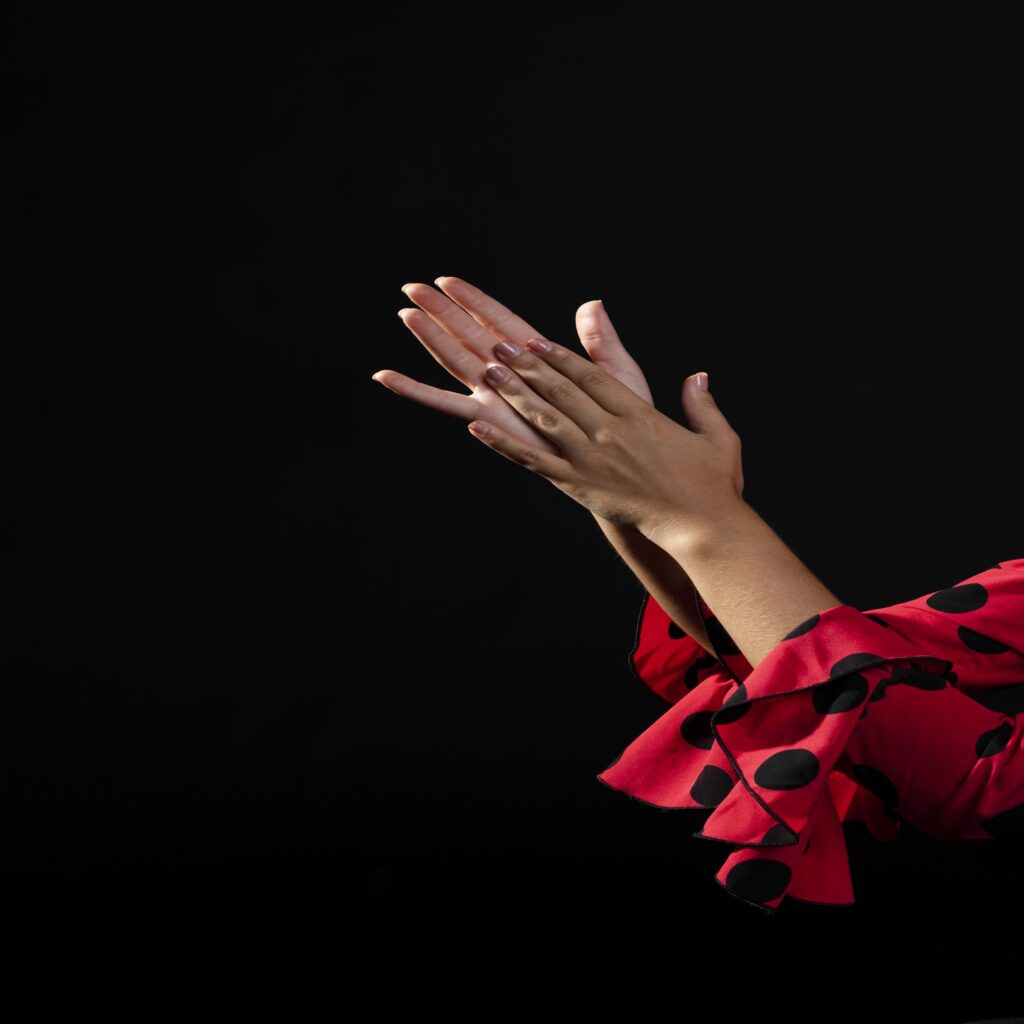
In flamenco music, “el cante” singing is one of the three fundamental elements, along with dancing and guitar playing or “el toque”.
The cantaores express their deepest emotions in a unique and emotional way.
And so, depending on each “cantaor”, the cante changes its form and creates its own deeply authentic style.
Flamenco singing is an art form in itself.
Depending on the feeling that the song expresses, it is divided in the following way:
- The cante chico, such as bulerías, alegrías and tangos, are all about love and joy.
- The cante grande, or Cante jondo. such as soleá, seguiriya or tonás, expresses deep and heartbreaking feelings, like anguish and grief.
Also, Flamenco singing can be differentiated by the way it is interpreted.
Therefore, we can find:
- Cantes para adelante or pa’lante, are those in which the cantaor is the main interpreter, singing alone or accompanied by a musical instrument, generally a guitar.
- Cantes para atrás or pa’tras, where the protagonist is the bailaor and the cantaor accompanies in the background.
Andalusia is the cradle of flamenco music and Granada is the birthplace of great artists known all over the world.
Enrique Morente is considered a renovator of the genre.
The cantaor gave voice to poems by Federico García Lorca, Francisco de Quevedo and Gustavo Adolfo Bécquer, as well as fusing flamenco and rock.
In his piece “Morente sueña la Alhambra“, he inspires us with his love for his homeland, Granada.
Flamenco music, the guitar
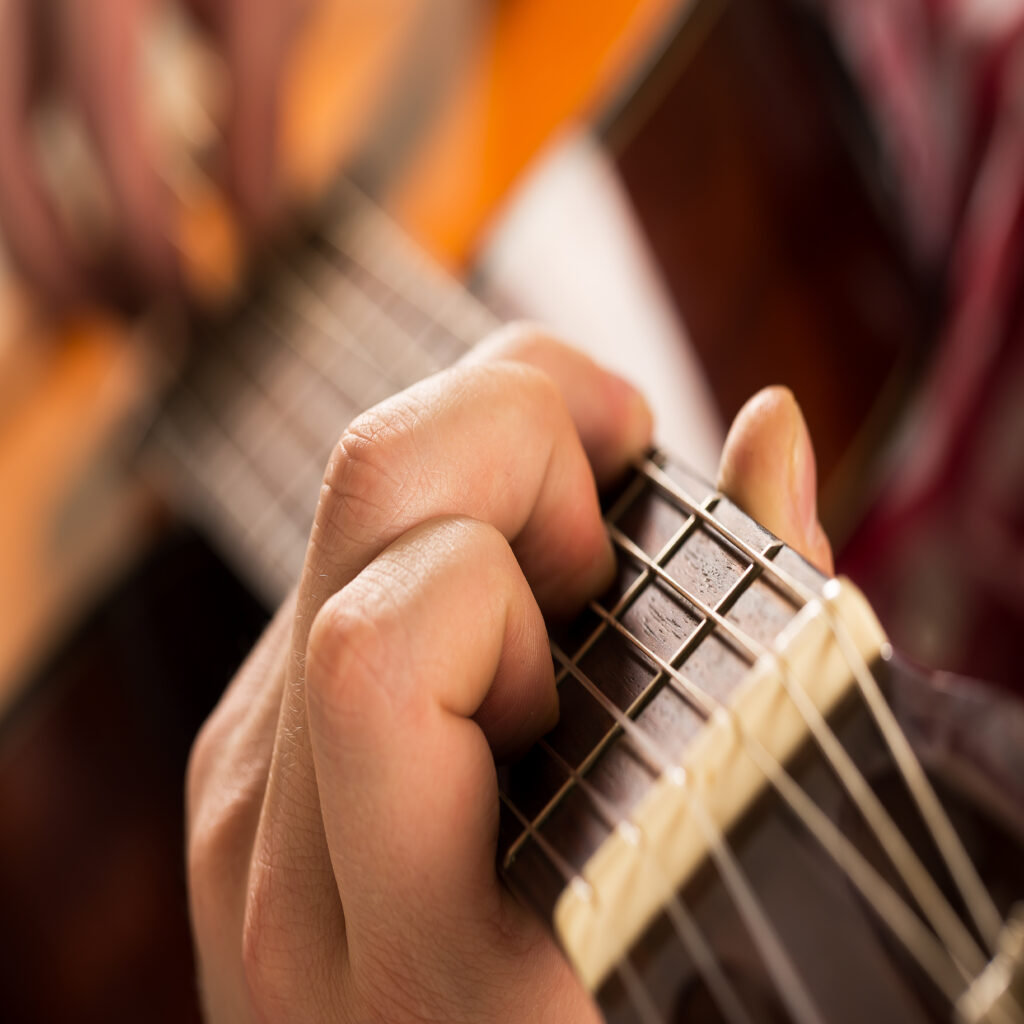
The guitar sound comes instantly to mind when thinking about Flamenco music, however it hasn’t always been present in this art genre.
Originally, Flamenco music was only about singing and clapping, but it was only in the 19th century when instruments joined in.
As time went by, guitar has gained protagonism, turning from a support for the singer into an essential part of Spanish folklore.
One might even say guitar has fused with voice to reinvent Flamenco as we know it today.
Did you know that Flamenco guitar and Spanish guitar are not the same?
Even though very similar, the Flamenco guitar’s body is slightly narrower, making it more playable.
In addition, the type of wood and string layout are also unique to this variety.
The Flamenco music has made great tocaores (Flamenco guitarists) over the years.
World-renowned artists, such as Paco de Lucia, have fused flamenco with other musical styles, always seeking innovation.
Flamenco music, the dance
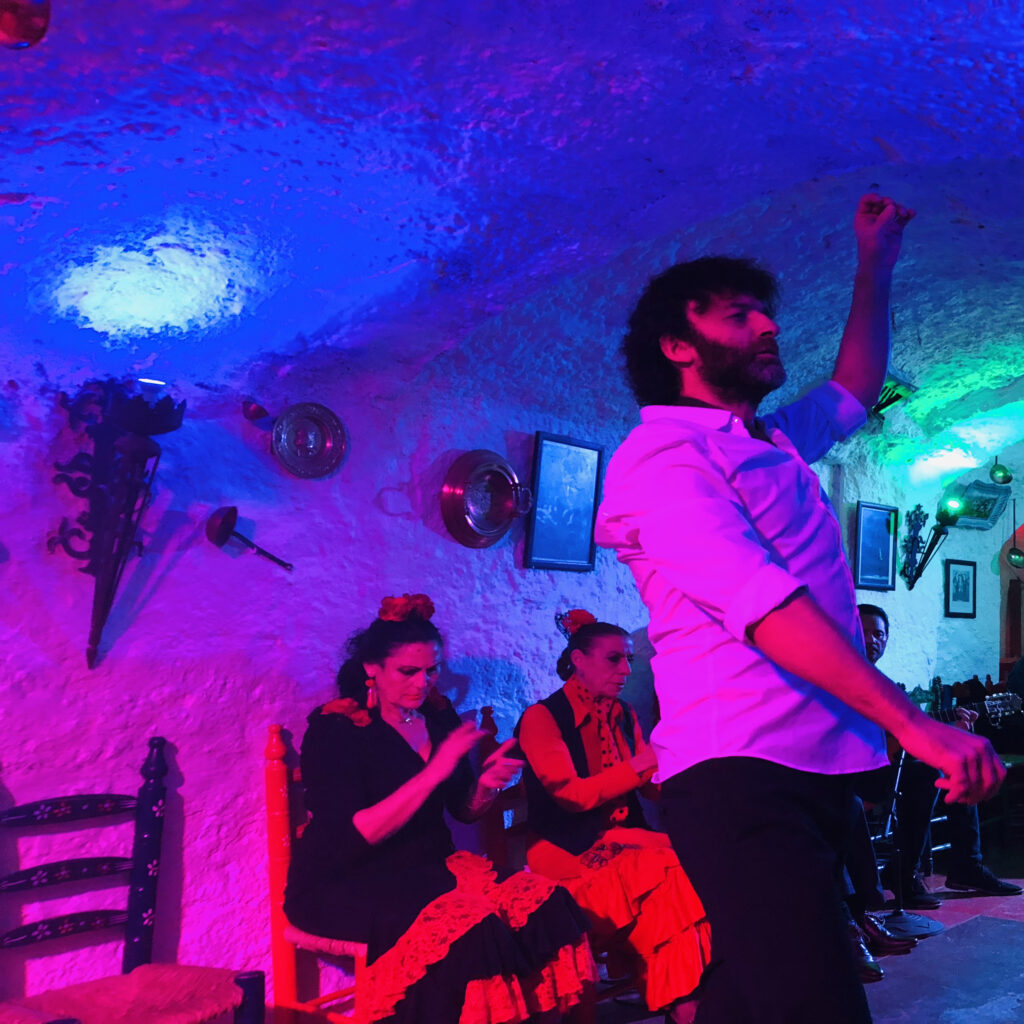
Flamenco dance first appeared in a recognised structured form in the 18th century.
Like Flamenco music, the dance is influenced by the emotions of each performer on stage.
To create a totally unique show for each performance.
Flamenco dancer’s feet transform him into a musician, and his instruments are his shoes.
The famous flamenco tapping , or “taconeo”, is a very distinctive dance technique.
From body posture and mastery of the meter of each Flamenco style to musicality, strength and speed.
Every single part of a Flamenco shoe, sole, toe and heel create the unmistakable percussive sounds of Flamenco footwork.
One of the most renowned Flamenco dancer and choreographer is Sara Baras, with her unique style, replacing ruffles and flowing dresses with a more classic look.
Flamenco music is like Andalusia itself.
A land of diversity, a melting pot of races that enhances its unique culture.
Flamenco not only represents its people, but distinguishes them from the rest and is the identity signature of Andalusian artistic expression.
Hence, on November 16, 2010 Flamenco was named Intangible Cultural Heritage of Humanity by UNESCO.
And one year later the Junta de Andalucía announced the date as the “Day of Flamenco in Andalusia”.
Since then, we celebrate this important date with a lot of Flamenco-related events: conferences, exhibitions, concerts, shows…
Undoubtedly Granada is one of the main Flamenco centers in Spain and, especially, Sacromonte.
Flamenco music in Granada, Sacromonte
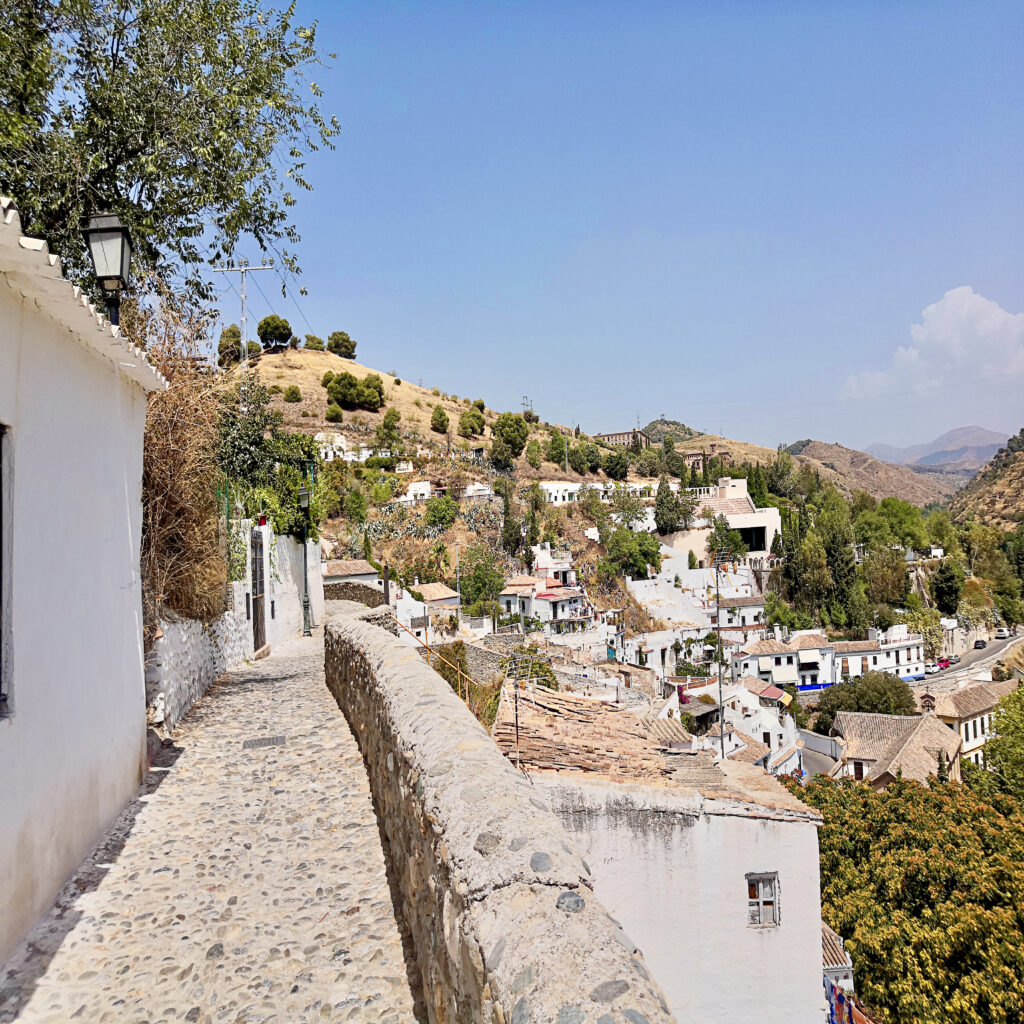
Sacromonte, located on the hill of Valparaíso, is the old gypsy quarter.
In the caves of Sacromonte, the “zambras” have been celebrated for centuries, singing and dancing parties that used to last until the early hours of the morning.
They are still one of the most spectacular traditional shows that no visitor to Granada should miss.
For a truly unforgettable experience, I suggest you walk through its charming streets and soak up the “jondura” and “duende”.
I invite you to enjoy a 2-hour walking tour of the Sacromonte and Albaicín neighborhoods, our oldest jewel.
Sacromonte is the gypsy quarter of Granada, famous for its cave houses and its nightly gypsy zambra.
The Albaicín, a World Heritage Site by the Unesco since 1994, with its cultural relevance and its peculiar medieval architecture perfectly fused with the traditional Mediterranean style.
Both neighborhoods offer breathtaking panoramic views of the Nasrid city, where beauty and time whisper to us from every balcony.
We will also meet the most “castizos”, authentic and picturesque locals.
Contact me to discover together the fascinating musical heritage of Flamenco in Granada and the cultural treasure hidden in every corner of this fantastic city.
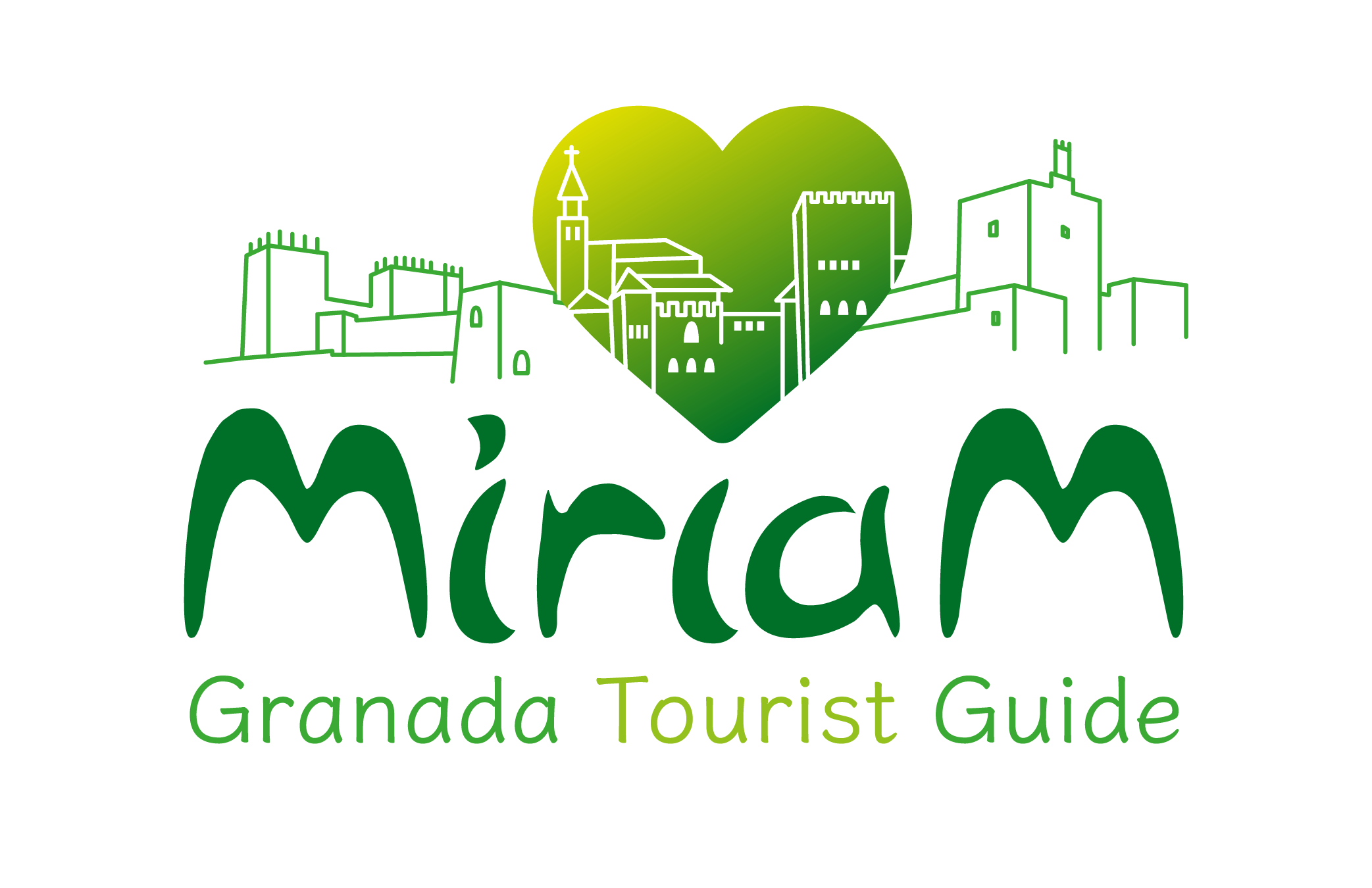

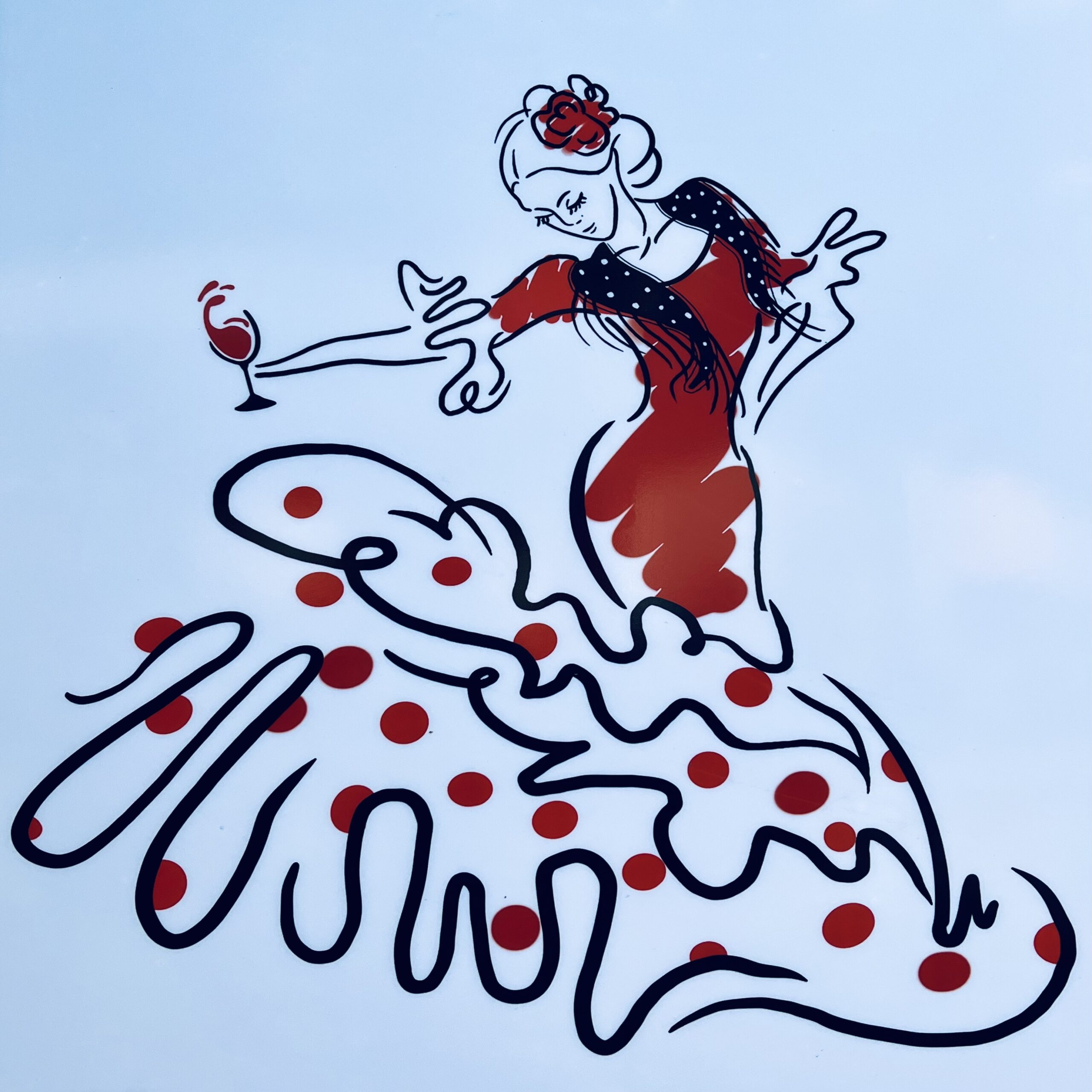

Comment (0)